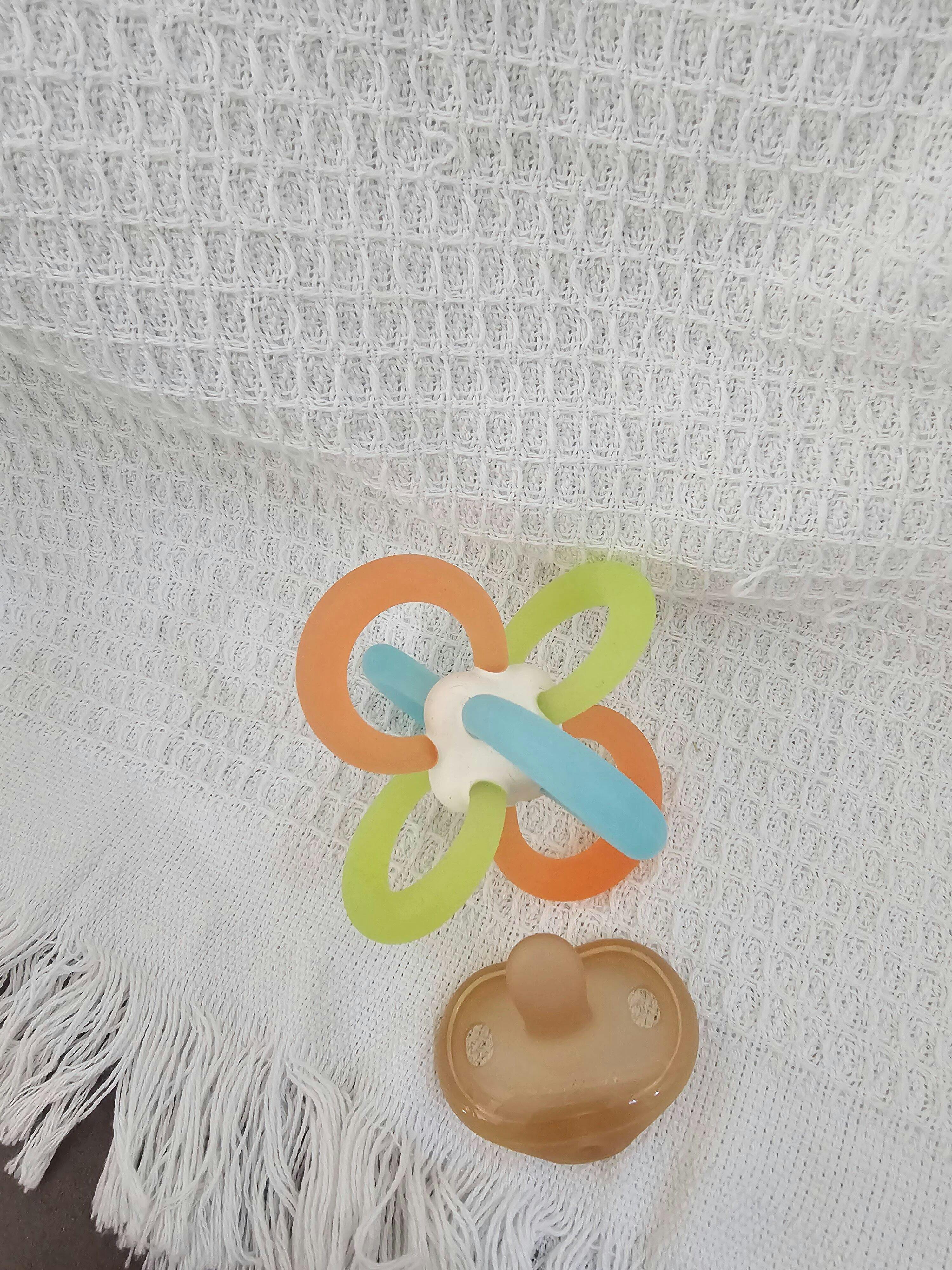Unlocking the Secret to Smooth Transitions: Discover the Perfect Bottles That Mimic Breastfeeding!
The journey from breastfeeding to bottle feeding is an important milestone for both infants and their parents. While some babies transition seamlessly, many experience challenges that can lead to frustration for everyone involved. The key to a successful transition often lies in the choice of bottle. Bottles that mimic breastfeeding can significantly ease this process, providing a familiar feel and experience that helps infants adapt more comfortably. In this article, we will explore the importance of these specialized bottles, the features to look for, and practical tips to help parents navigate this essential phase of feeding.

Understanding the Need for Bottles That Mimic Breastfeeding
Transitioning from breast to bottle can be a daunting task for many infants. The primary reason behind this struggle often stems from the physiological and psychological aspects of breastfeeding that need to be replicated in bottles. Breastfeeding is not just about nourishment; it involves a unique bonding experience and a specific sucking technique that infants become accustomed to. When a baby is introduced to a bottle that doesn't feel or function similarly to breastfeeding, they may reject it, leading to stress for both the baby and the parent. Choosing the right bottle can help bridge this gap by providing a familiar experience that encourages comfort and acceptance. The benefits of using bottles that closely resemble breastfeeding include a smoother transition, reduced fussiness, and a more enjoyable feeding experience for both the parent and the child.
Key Features to Look For in Breast-like Bottles
When searching for the ideal bottle that mimics breastfeeding, several key features should be taken into account:
- Nipple shape and flexibility: Look for nipples that have a shape similar to the breast, which allows for a natural latch. A flexible nipple is also important, as it mimics the way a baby compresses the breast during feeding.
- Flow rate: Different babies have different sucking strengths. A bottle with an adjustable flow rate can help accommodate your infant's needs, ensuring they don't become frustrated or overwhelmed.
- Material and design: Bottles made from soft materials can provide a more comfortable experience. Designs that include anti-colic features can also help prevent gas and fussiness.
- Size and shape of the bottle: A bottle that is easy for small hands to hold can encourage self-feeding and independence as infants grow.
Choosing a bottle with these essential features can significantly enhance the likelihood of a successful transition from breast to bottle feeding.
Tips for Choosing the Right Bottle
Selecting the best bottle for your infant is crucial in ensuring a smooth transition. Here are some practical tips to guide you:
- Infant's age and feeding habits: Consider your baby's age and their current feeding habits. Younger infants may prefer softer, more flexible nipples, while older babies may require a bottle with a faster flow.
- Testing different bottles: Don’t hesitate to try out a few different brands and styles. What works for one baby may not work for another, so having a variety on hand can help you find the perfect match.
- Consulting with pediatricians: If you're unsure about which bottle to choose, consulting with your pediatrician can provide tailored recommendations based on your baby's specific needs.
These considerations can help parents make informed decisions that support their infants during the transition.
Strategies for Introducing the Bottle
Successfully introducing a bottle to your infant requires a bit of strategy. Here are some effective techniques to consider:
- Timing and environment: Choose a calm time to introduce the bottle when your baby is not overly hungry or fussy. A quiet, relaxed environment can help your infant feel more comfortable.
- Involving other caregivers: Sometimes, babies may refuse the bottle from their breastfeeding parent. Involving other caregivers can create a new dynamic and may encourage the infant to try the bottle.
- Gradual transition methods: Start by introducing the bottle during a breastfeeding session. Allow your baby to explore the bottle without pressure, gradually increasing bottle use over time.
Implementing these strategies can significantly improve the chances of a successful bottle introduction.
Final Thoughts on a Smooth Transition
In summary, the journey from breastfeeding to bottle feeding doesn't have to be fraught with challenges. By understanding the need for bottles that mimic breastfeeding, recognizing key features, and employing effective strategies, parents can ease this important transition. Finding the right bottle is essential, and parents should remain patient and flexible as they explore different options for their infants. With a little time and effort, both parents and babies can embrace this new feeding method with confidence.
Embracing the Journey to Bottle Feeding
Wrapping up, a smooth transition from breastfeeding to bottle feeding is vital for both infants and parents. It’s important to remember that every infant is unique, and what works for one may not work for another. Parents are encouraged to explore different bottles and approaches, remaining open to the idea that trial and error may be part of the process. With persistence, patience, and the right tools, this transition can become a positive experience for everyone involved.








